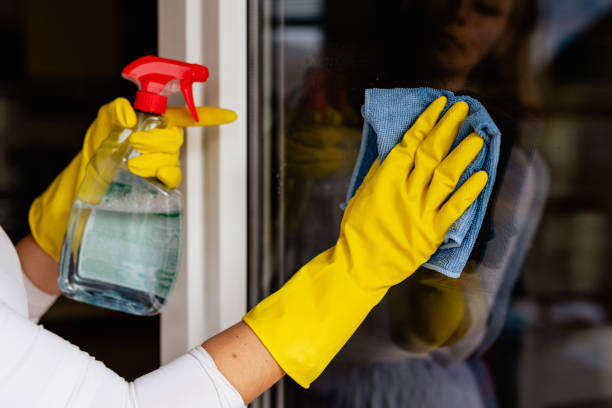
We do everything we can every day to keep our homes sparkling clean, but dust is an adversary that cannot be defeated permanently. Within moments of cleaning, we notice its silent invasion of shelves and furniture. Are we condemned to an eternal battle with this invisible intruder?
Dust enters the interior of our homes with us every day – on our shoes, clothes and even as part of ourselves, in the form of flaking leather or clothing fibres. It consists mainly of calcium, oxygen, carbon, hydrogen and nitrogen, as well as spores of microscopic fungi and bacteria. Dust mites, which are part of this microcosm, are often the cause of allergies that can lead to more serious illnesses such as asthma.
How to effectively reduce dustiness in the home?
The answer to the question of how to get rid of dust is not simple, as it is impossible to eliminate it completely. However, there are many ways to effectively reduce the amount of dust and improve the quality of life in our homes.
Regular cleaning with a damp cloth can temporarily prevent dust from returning to the surfaces you clean. Don’t forget:
- changing bed linen,
- vacuuming blinds
- or shaking out the carpets, which will make a significant contribution to reducing dust in fabrics.
Changing the filters in your vacuum cleaner and humidifiers is another step towards reducing dust. Regular cleaning and replacement of these components will ensure better indoor air quality.
Particularly in areas with increased air pollution, it is worth investing in sealed windows to minimise the ingress of dust from the outside while ensuring adequate ventilation of the interior.
Certain plants, such as ivy or ficus, can act as natural filters to help combat dust. It is therefore worth placing them in strategic places in our home.
Other practical solutions are:
- easily washable floors
- and avoiding carpets, which can become a reservoir of dust.
Systematic cleaning is key, but don’t go to extremes – over-cleaning can be just as damaging as neglect.

